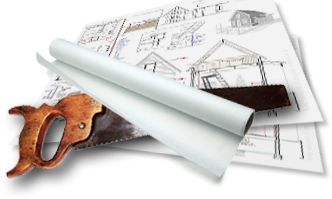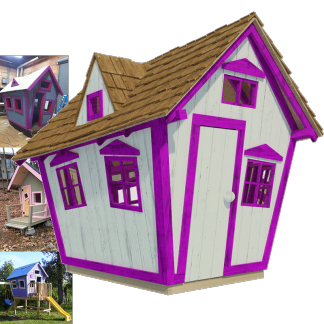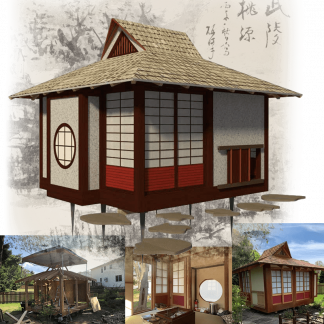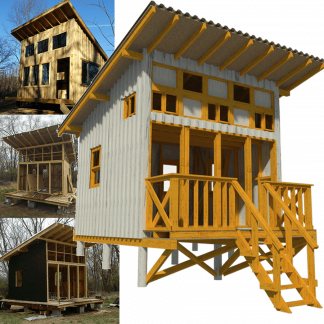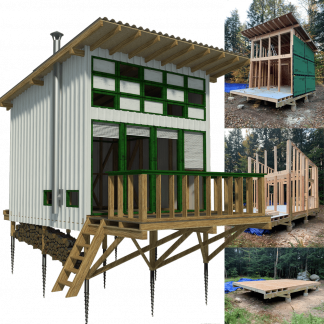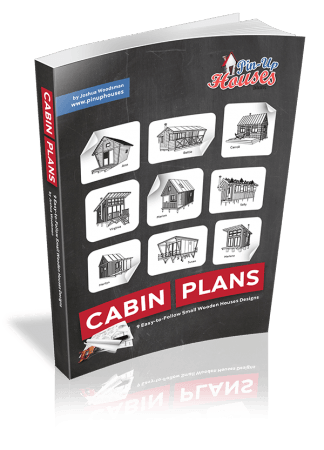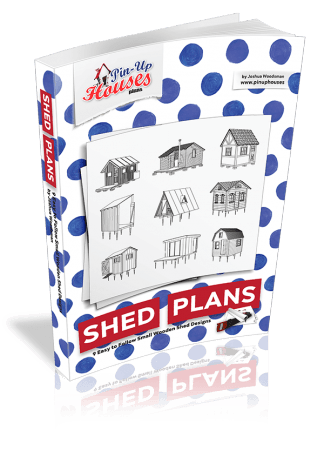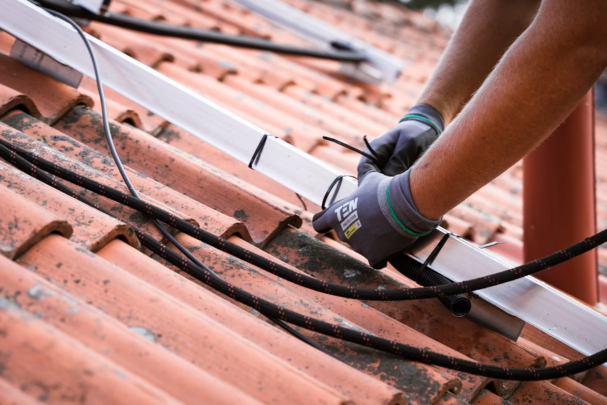
When was the last time you checked the condition of your roof? If the answer is never or seldom, you must consider it a priority.
Replacing a roof can be the most costly home project and can leave you at $12,000 out of pocket.
Whether in a small or large home, the requisites for a solid foundation remain the same. And that includes your roof’s lifespan. To ensure durability and proper maintenance, consulting local roofing contractors can be a smart move.
Below, we’ll explore common roofing options and the factors that impact their longevity.
Asphalt Shingles
Asphalt shingles are the preferred roofing material for homeowners for several reasons. The easy installation, low costs and durability make them the sustainable choice.
Asphalt shingles are also available in various colors and styles, further adding to the aesthetic of a home’s exterior.
Nutley, New Jersey, is scattered with mid-century homes, many with asphalt shingle roofs. The summers are warm and humid and the winters are cold and snowy, affecting the durability of any roof.
Hot weather can cause shingles to dry out and crack while colder temperatures strain the roof’s materials, resulting in faster wear and tear.
From the get-go, the installation can affect whether your roof lasts 20 years or longer. It’s important to seek out a reputable roofing contractor specializing in roof installation in Nutley, NJ.
The quality and type of shingles play a huge factor. The four distinct types are:
- 3-tab
- Architectural
- Upgraded architectural
- Designer
Architectural shingles are thicker and more durable, whereas 3-tab shingles aren’t as long-lasting.
H. Recinos Roofing suggests hiring roofers who visit the property to assess your needs and provide a guaranteed estimate of the roofing project costs.
Asphalt shingles, however, present a few challenges for small homes. They are prone to streaks and stains, offer limited wind resistance and can’t be used below a 3:12 roof pitch.
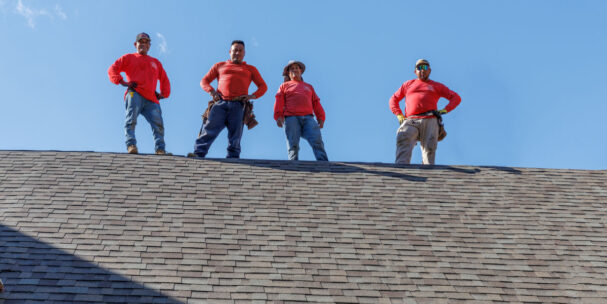
Copper
Copper metal roofs are not only aesthetically pleasing but if installed correctly, they can last for up to 100 years.
Because it is pure metal, copper holds up against the elements. When exposed to the environment, an oxidation process occurs, resulting in a protective layer called a patina.
Over time, this mossy green hue gives your home a charming lived-in appearance.
The biggest advantage of a copper roof is that it requires very little maintenance, is highly resistant to corrosion and withstands environmental elements. The material is also fire-resistant.
With that being said, copper does have its downsides. The metal doesn’t deal well with runoff water, often causing the siding to streak. Repair work can be costly and requires skill.
Because copper roofing is expensive, it takes a while to patina. Sometimes, the climate isn’t conducive and causes a delay in the oxidation process.
Slate
Probably the most environmentally friendly roofing material, slate can be recycled and cut into shingles or tiles, depending on your home’s design.
Slate roofs are water, fire, fungi, temperature, weather and mold-resistant when properly installed, says Forbes Homes.
Although the installation costs sometimes put homeowners off, think of it as a long-term investment. An asphalt roof typically lasts up to 30 years, whereas slate can last up to 200 years.
Due to its durability and weather resistance, slate requires very little maintenance.
Tiny homes may have some trouble with a slate roof. Installation requires considerable skills and the repairs can be a costly headache.
General Maintenance Tips
To increase your roof’s longevity, you must properly maintain your roofing system.
Local roofing contractors recommend regular bi-annual inspections, preferably in spring or fall and following a severe storm. Check for signs of damage such as cracked or missing tiles.
Clogged gutters cause water to build up on your roof, leading to leaks or damage. Ensure they are cleaned and remove any debris or obstructions.
Your attic should be properly ventilated and insulated. Good ventilation allows your attic to remain cool while letting the warm air escape. Insulation prevents ice dams, heat damage, and mold from occurring.
Trim overhead tree branches to allow more sunlight to reach the roof. The exposure to the sun stops moss and algae from growing. Trimming your branches keeps rodents and other pesky pests from causing damage.
There are no guarantees your roof will stand the test of time, but local roofing contractors emphasize that you can help prevent damage or corrosion by taking proactive measures. Your roof is a long-term investment—treat it as such.
With proper maintenance and regular checks, you’ll extend your roof’s durability and reduce repair and replacement costs.

